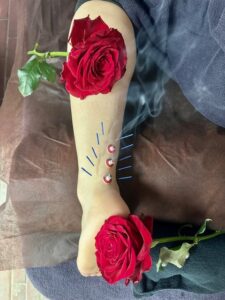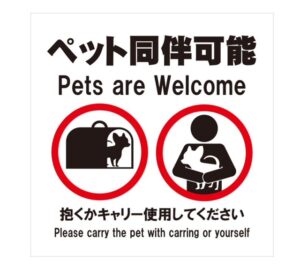ふくらはぎがつる 中高年
#calfcramps

ふくらはぎがつる、こむら返りは、医学用語では有痛性筋痙攣(ゆうつうせいきんけいれん)と呼ばれます。いわゆる筋肉がつった状態のことを指します。症状としては、突然、ふくらはぎが、突然けいれんを起こしたかのように、つったまま、ロックされて、痛みを伴ったまま、動かせなくなることです。夜中や就寝中に、ふくらはぎがつることが多いです。中高年になると加齢による筋肉量の減少で、こむら返り、ふくらはぎがつりやすくなります。
血液を心臓に送り返し、体内に循環させる働きをしている下肢の筋肉量が減ると、血流が悪化し、代謝も悪くなるため、こむら返り、ふくらはぎがつりやすくなります。 1日の終わりには筋肉疲労が蓄積し、中高年になると疲労回復も遅れるため、就寝中のこむら返りのリスクは上がります。
また体内で電解質(ミネラル)のバランスが崩れると、神経の情報伝達がうまくいかず、筋肉の収縮に暴走がおきて、こむらがえりになると言われています。マグネシウムとカルシウムの不足が主な原因と考えられています
他には水分不足、脱水、血流不足や冷え、筋肉疲労、筋肉量や代謝量の減少、下肢静脈瘤、足のむくみも原因になります
Calf cramps, or cramps, are known in medical terminology as painful muscle spasms. It refers to a so-called muscle cramp. Symptoms are that the calf suddenly becomes pinched, locked, painful and immobile, as if it has suddenly developed a cramp. The calf is often cramped at night or while sleeping. In middle-aged and older people, cramps and calf cramps are more likely to occur due to age-related loss of muscle mass.
As muscle mass in the lower limbs, which pumps blood back to the heart and circulates it around the body, decreases, blood flow deteriorates and metabolism slows, making it easier to get cramps in the legs and calves. Muscle fatigue builds up at the end of the day and recovery is slower in middle age and older, which increases the risk of bedtime limpness.
It is also often said that an imbalance of electrolytes (minerals) in the body can lead to poor nerve information transmission and runaway muscle contractions, resulting in the formation of a cramp. Deficiencies in magnesium and calcium are thought to be the main causes.
Other causes include lack of water, dehydration, insufficient blood flow and cold, muscle fatigue, reduced muscle mass and metabolic rate, varicose veins and swollen feet


